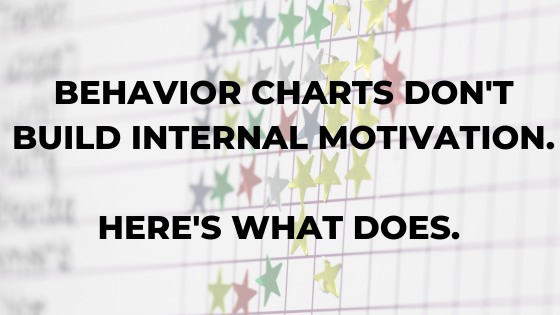Many K-12 professionals see behaviors considered to be defiant or lazy, even though classroom management systems are in place.
That’s because behavior charts don’t support students’ executive functioning, and they’re often too abstract to help motivate kids through discomfort or learning curves.
They also don’t support important skills such as time-perception, episodic memory, future pacing, or strategic thinking.
In this video I share why behavior charts work for some students and not others, and what skills we actually need to have internal motivation.
This video clip is taken from my free online training:
How to be neurodiversity-affirming and evidence based (by supporting executive functioning).
In this free training I reveal:
- Why kids continue to experience anxiety or behavioral challenges, even though they’re going to therapy or have a behavior plan.
- Common mistakes multidisciplinary teams make when teaching executive functioning (and why lists, planners, and behavior charts aren’t working).
- Why kids continue to struggle with problem-solving, and friendships, even though they’re going to therapy and social skills groups.

